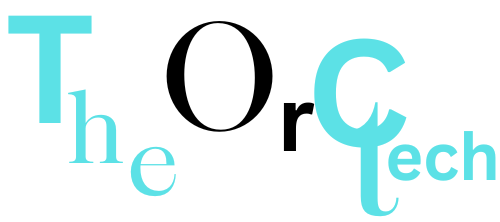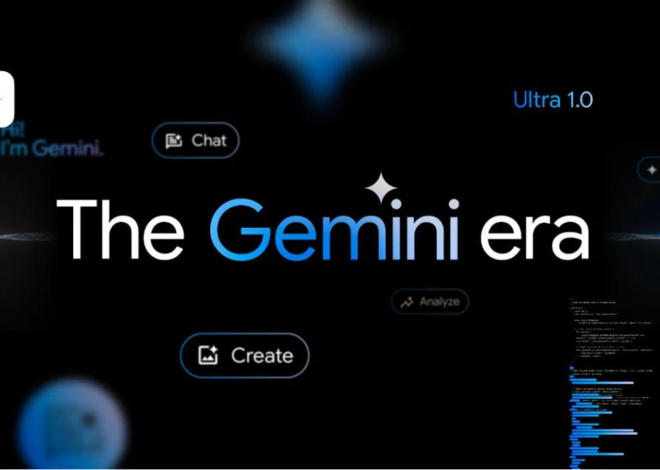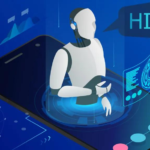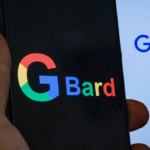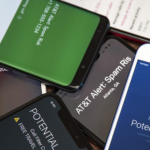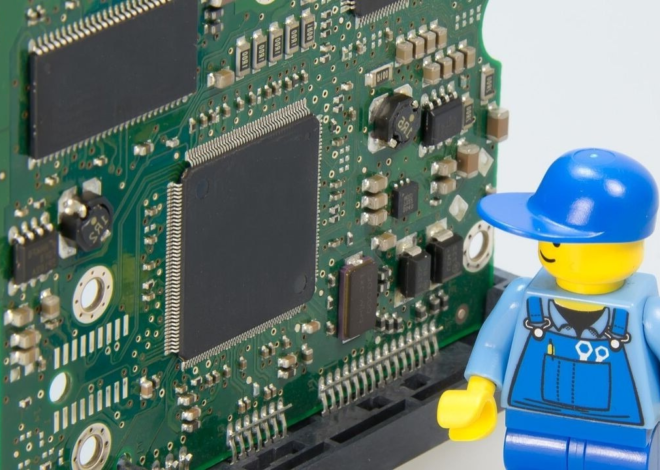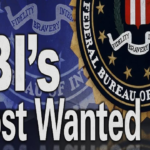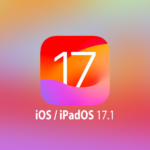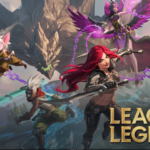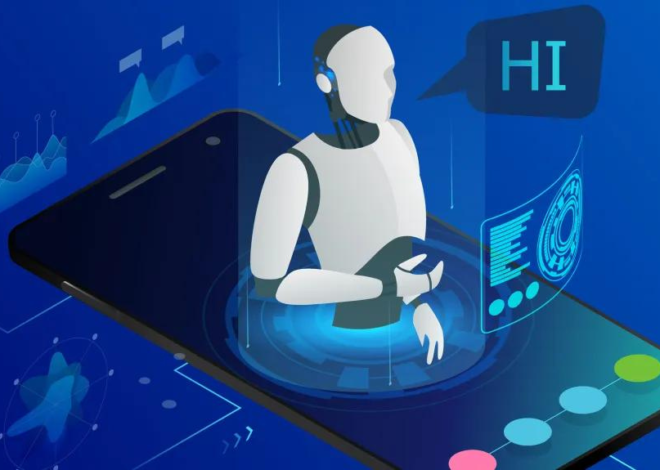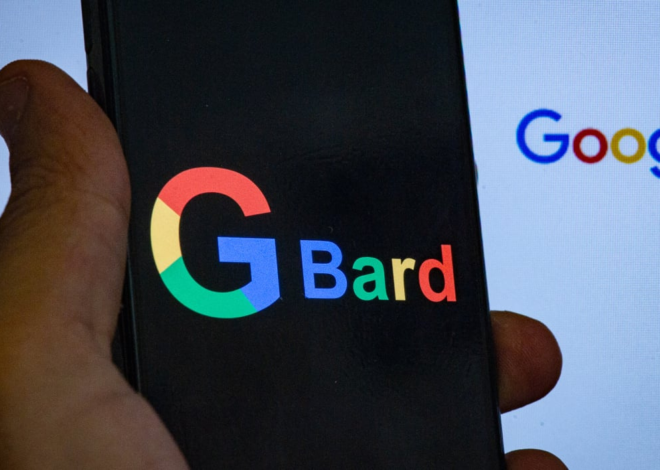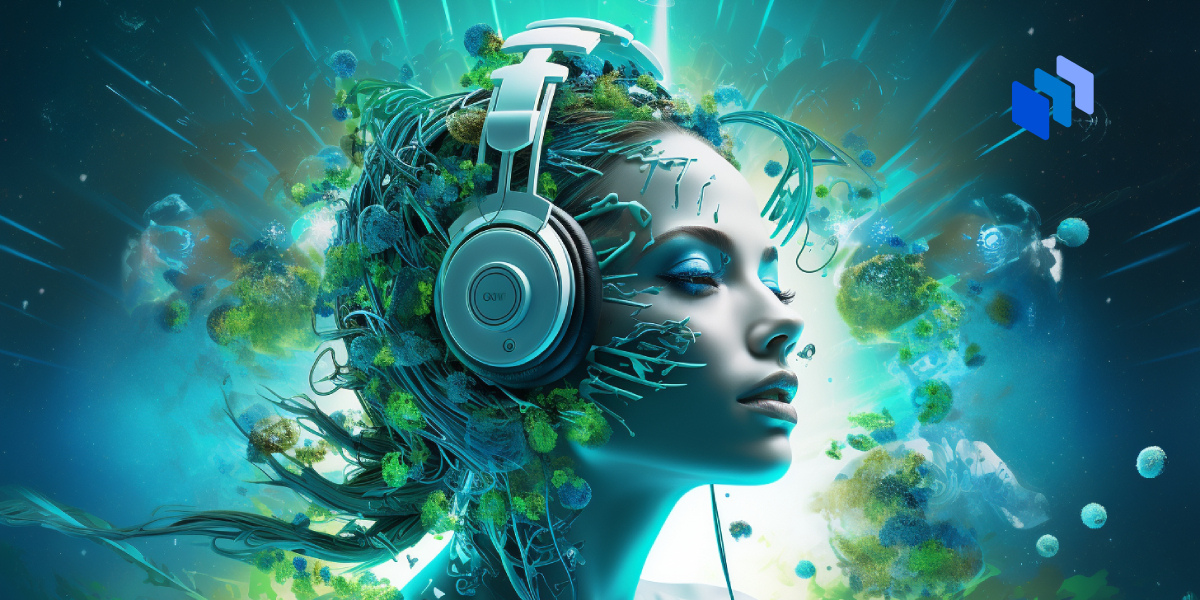
AI Concerns Are Bringing Together Artists Across Industries
Artists across industries are strategizing together around AI concerns
AI in art sparks concerns in creative industries. Artists worry about control and fair compensation. FTC discussions highlight the importance of protecting human creativity amid tech advancements.
The explosion of AI technology across artistic mediums has stirred a sense of urgency among creative communities. Artists are raising alarms, collectively warning of the potentially irreversible damage caused by sophisticated AI tools. From fake Drake songs to meticulously crafted Instagram profile pictures, AI-generated art has become alarmingly prevalent. This surge in AI creativity has ignited urgent discussions on how to restrain the technology and protect the vitality of artistic expression.
This week, the digital rights organization Fight for the Future teamed up with the music industry labor group United Musicians and Allied Workers to unveil #AIdayofaction, a campaign urging Congress to prohibit corporations from acquiring copyrights for music and art produced using AI technology.
The campaign’s core concept revolves around preventing industry giants, such as major record labels, from copyrighting music created with AI assistance. By doing so, these companies would be compelled to involve human creators in the creative process continually. These concerns and potential strategies to resist the proliferation of AI extends across various creative sectors, posing challenges and sparking discussions within the industry.
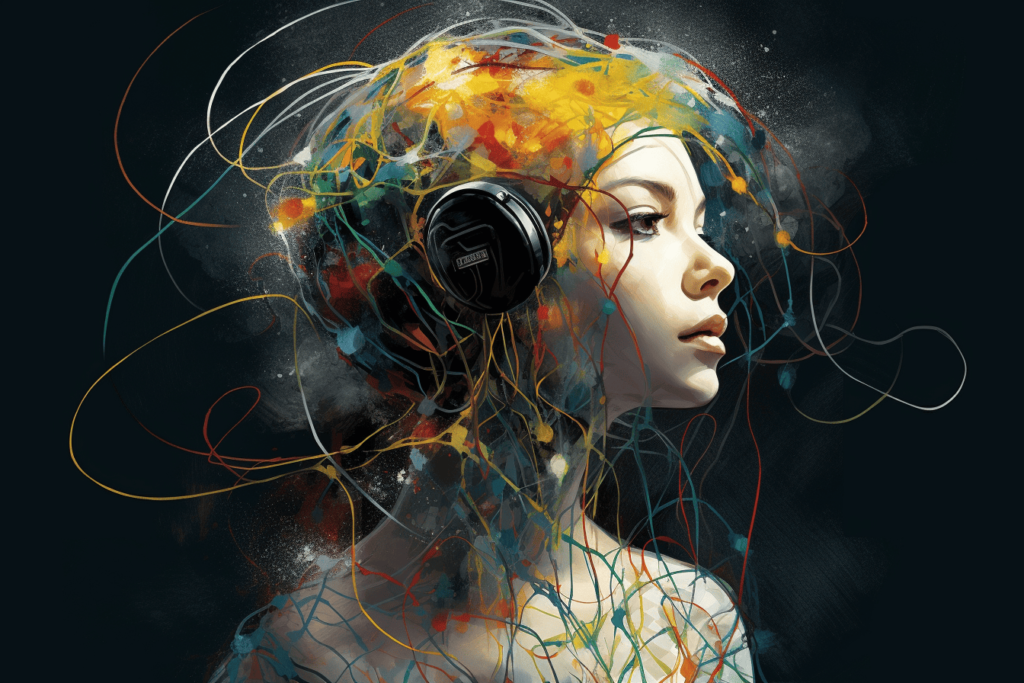
The concerns surrounding AI in creative fields are multifaceted and vary across different artistic mediums. According to Lia Holland, Campaigns and Communications Director at Fight for the Future, these concerns often arise within isolated bubbles of specific creative industries.
In an interview, Holland highlighted the campaign’s intention to bridge these gaps by illustrating the shared worries among artists across various mediums. By uniting artists from different fields, the campaign aims to empower them collectively and address common concerns about the potential corporate exploitation of AI technology.
While the campaign is focused on preventing corporate abuse of AI, it also acknowledges the potential individual benefits for musicians and other creatives in automating aspects of their work. The ultimate goal is to transform AI tools into avenues for individual artists to increase their earnings, reduce workload, and compete against the corporate entities that might otherwise exploit them.
From a music perspective, musicians are relatively familiar with AI concepts, particularly in areas such as music production software and AI-driven tools like MIDI drum loops. This familiarity has led to a more progressive approach among musicians, who see technology as a means to enhance their music-making process.
Also Read | How AI and brain science are helping perfumiers create fragrances
However, the intersection of art and AI presents a complex landscape. Musicians fear industry giants copyrighting AI-generated music and sidelining them in the creative process. Major record labels worry about AI models training on their catalogs and encroaching on their profits. Platforms like Spotify showcase this complexity, erasing AI-crafted songs while simultaneously introducing AI-powered features, such as an AI DJ that curates music and interacts with listeners using synthetic voices. The intricate relationship between artists, corporations, and AI technology underscores the need for nuanced discussions and comprehensive solutions within the creative industry.
The advent of generative AI in the creative sphere has sparked intense debates and contradictions, echoing across various artistic domains. Universal Music Group, for instance, voiced concerns about the ethical dilemma surrounding the use of their artists’ music to train AI systems. This situation poses a critical question for stakeholders in the music ecosystem: stand with artists, fans, and genuine creative expression, or risk contributing to a landscape of deep fakes, fraud, and unfair compensation denial.
Similar dialogues permeate other creative sectors, where artists often find themselves sidelined in discussions that profoundly impact their work. Independent artists, in particular, are realizing the power of unity across disciplines. By joining forces, they amplify their voices against what Fight for the Future’s Lia Holland describes as a pervasive “spectrum of exploitation,” where their creations are leveraged without fair compensation.
Acknowledging these concerns, the Federal Trade Commission (FTC) recently organized a roundtable, bringing together representatives from diverse creative fields — from voice acting and science fiction to screenwriting, music, illustration, and fashion. FTC Chair Lina Khan underscored the imminent threat faced by creators, who might see their life’s work appropriated by AI models over which they have no control.
During the discussion, participants highlighted worries about default opt-out requirements that allow AI models to train on artists’ original work without explicit consent. They also explored the potential role of existing copyright laws in establishing regulatory frameworks. The conversation emphasized that the battle for artists’ livelihoods extends beyond negotiating tables, urging a comprehensive approach to safeguard creativity and artistic integrity.
Also Read | OpenAI has introduced Dall-E 3, the most recent iteration of its text-to-image tool
Amidst these discussions, the FTC demonstrated a keen awareness of the risks posed by AI technology. The agency emphasized the importance of uniting voices across creative industries. FTC Commissioner Rebecca Slaughter reiterated a fundamental truth: while technology may assist in creating art, true artistry is inherently human. Despite the advancements in generative AI, human creativity remains irreplaceable, underscoring the need to preserve the essence of genuine artistic expression amidst technological progress.
